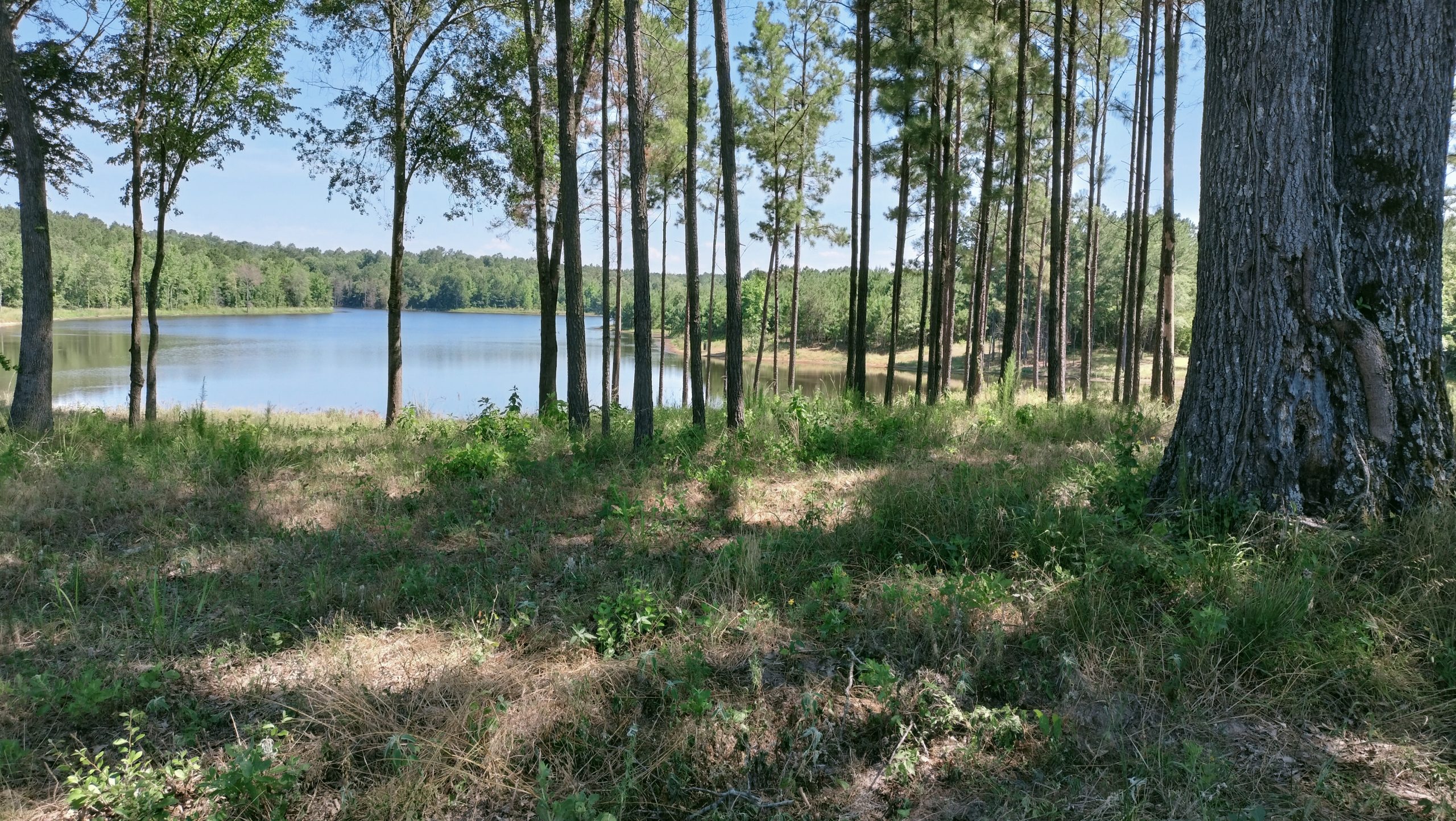Super Stocking the Cupboard
Landowner co-op goes all in to prepare habitat for east Texas super stocking program.
“Everybody wants to see turkeys out there. Even people who don’t hunt want to see wildlife on their property.”
That, says Terrance Jackson, is the driver in a multi-year effort to get a wild turkey “Super Stocking” project approved for more than 24,000 contiguous acres in east Texas. Jackson represents the North Neches Anderson/Cherokee County Cooperative, which encompasses parts of two counties divided by the Neches River. The co-op includes more than 50 landowners, with the smallest tract a little more than 20 acres and the largest a few thousand acres. Most of the properties range between 200 and 600 acres, Jackson said.
“We have other landowners, nearby but not contiguous, who also want to participate. Altogether, it involves more than 40,000 acres,” he said.
The recently approved stocking program came after years of dedicated landowner effort, work that began in 2017, Jackson said. The area has a good mix of terrain and habitat diversity, rolling hills with upland pines, lowland oaks and pockets of agriculture. Random habitat management, though, meant less-than-ideal conditions for wild turkeys.
“A few old-timers remember a turkey here and there,” Jackson said, “but we didn’t have a really strong population.”
That all began changing when Jackson and the rest of the co-op tapped into a program begun by Texas Parks and Wildlife Division in 2014 and supported by the NWTF. As Annie Farrell, NWTF district biologist for the region, explained, interested cooperatives apply to receive a “habitat suitability evaluation, which involves a team of biologists assessing the properties in late spring and early summer, the peak periods for turkey nesting and brood rearing. They assign rankings based on forest habitat characteristics such as the scope and size of the woody understory and what any openings look like in terms of size and the types of vegetation in and around them. They look at croplands, usable clearcuts, and what types of native and nonnative grasses are present. Specifically, they want to evaluate the habitat’s potential to sustain wild turkeys, now and into the future.”

A minimum of 10,000 contiguous acres of landowners working cooperatively is needed to qualify for the evaluation, according to Jason Hardin, wild turkey program leader for TPWD. A management plan is crafted for cooperatives signing up for the program, with participants committing to three years of habitat improvements prior to any stocking of birds. Prescribed burning is high on the active management list, along with control of undesirable plant and tree species, appropriately thinned timber stands and rotational mowing of some areas.
Jackson’s co-op first asked for an evaluation in 2019. They weren’t approved, something that caused the group to lean harder into their efforts, especially the prescribed burning. As landowners saw their neighbors taking steps to improve wildlife habitat, they followed suit. Some prescribed burns gave TPWD opportunities to stage educational events, show-and-tells, where interested landowners could attend to see firsthand how fire is applied and how it benefits habitat.
Landowners soon began seeing turkeys showing up in areas they burned, Jackson said, adding, “Cody Cannon (frontman of the band Whiskey Myers, based in nearby Palestine, Texas) bought some land and joined our co-op. He started burning and saw near immediate results.”
The co-op received funding help from the Northeast Texas Habitat Incentive Program, an initiative that pools grant money that is then allocated to landowners dedicated to improving their land. In addition to helping evaluate co-ops during the habitat suitability assessments, Farrell has a key management role in the incentive program, from ranking proposals to creating landowner agreements to processing payments.
“The NWTF pays landowners a certain amount per acre for doing habitat practices such as prescribed burning, herbicide and mulching,” Farrell said. Considerable funding is focused on habitat work in TPWD’s Eastern wild turkey priority areas, which includes the Sulphur River, Neches River and Trinity River Priority Areas. About $1.2 million has been allocated so far to private landowners. Jackson said some of his participating landowners also worked with the USDA Natural Resources Conservation Service and the USDA Forest Service to receive support.
Getting from concept to actual stocking takes several steps, including application, creation of management plans for individual properties, project funding proposals, evaluations and the actual work. Then, it’s a matter of sustained follow-through. The pot of gold at the end of the process is Super Stocking of up to 80 wild turkeys delivered via trap and transfer programs with other states.
When the North Neches Anderson/Cherokee County Cooperative will get their stocked turkeys is to be determined. The program approval and follow-on habitat work ensures them a place in the queue. Other landowner groups are ahead. The timeline depends on which states are trapping and sending birds to Texas and how many they send. As Hardin explained, brood stock is increasingly difficult to obtain.
“Texas is hopeful we will receive birds this year from Rhode Island or perhaps South Dakota, but none of the historic states that provided brood stock in the past are participating in trapping efforts. Declines in many of these states have made it difficult to obtain birds,” Hardin said.
Jackson said he has heard that stocked birds in areas north of his co-op have adapted well. While they wait their turn, Jackson simply tries to keep communication flowing.
“You need to keep people updated and involved; let them know how funding is going and, especially, when fellow landowners are seeing turkeys,” he said. “As long as they’re hearing good news, it keeps the interest going.”
Note: Farrell notes that multiple programs exist for landowners in Texas looking for financial help to improve habitat. A website outlining these opportunities is: https://texasforestinfo.tamu.edu/fundingconnector.
Texas landowners looking for more information about the program can contact Hardin at jason.hardin@tpwd.texas.gov / (512) 934-8306 or Farrell at afarrell@nwtf.net.
